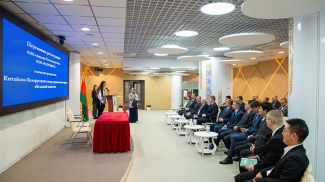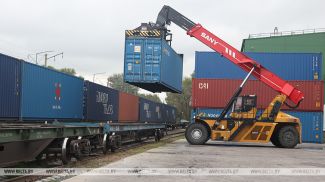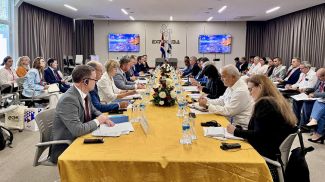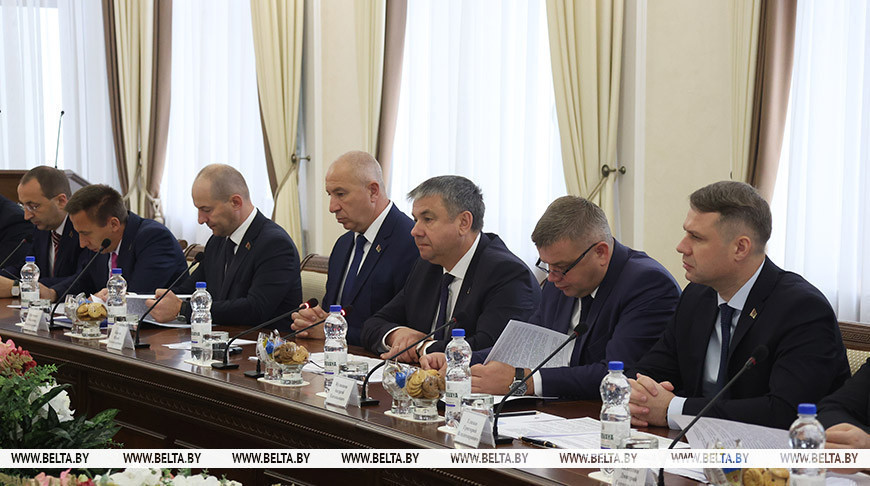
MINSK, 1 October (BelTA) – The good relations between Belarus and Russia’s Kaliningrad Oblast have been marked by significant achievements in bilateral cooperation, Belarusian Deputy Prime Minister Yuri Shuleiko said at the 20th session of the Belarusian-Russian Council on Long-Term Cooperation between the Regions, Ministries, and State Administration Bodies of Belarus and Kaliningrad Oblast of Russia, BelTA has learned.
“Our good relations are reflected in strong results in trade, economy, culture, and twinning ties. This is one of the closest regions of the Russian Federation to us,” Yuri Shuleiko noted.
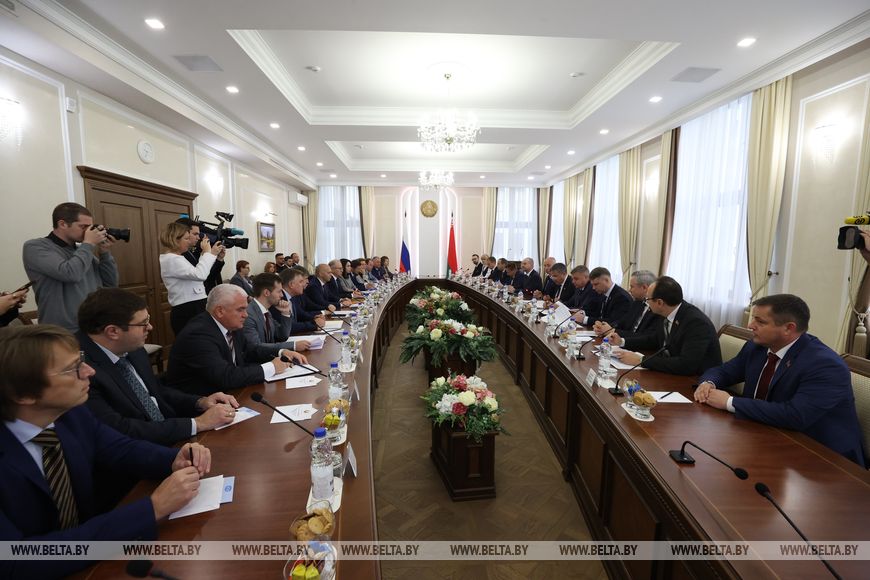
He pointed out that sanctions have affected the region’s transport accessibility. However, the parties have found ways to continue working under the current conditions: through rail connections and the ports of St. Petersburg. “This allows us to resolve economic issues and maintain trade,” Yuri Shuleiko said.
The meeting reviewed trade and economic results and discussed future prospects. Such meetings are held on a regular basis.
“In certain areas, we have not made significant progress, but new opportunities have emerged that are clear for both the Belarusian and Kaliningrad parties. Progress is being made. We must keep trade at a high level. We can show how to work in difficult logistics conditions,” the deputy prime minister emphasized.
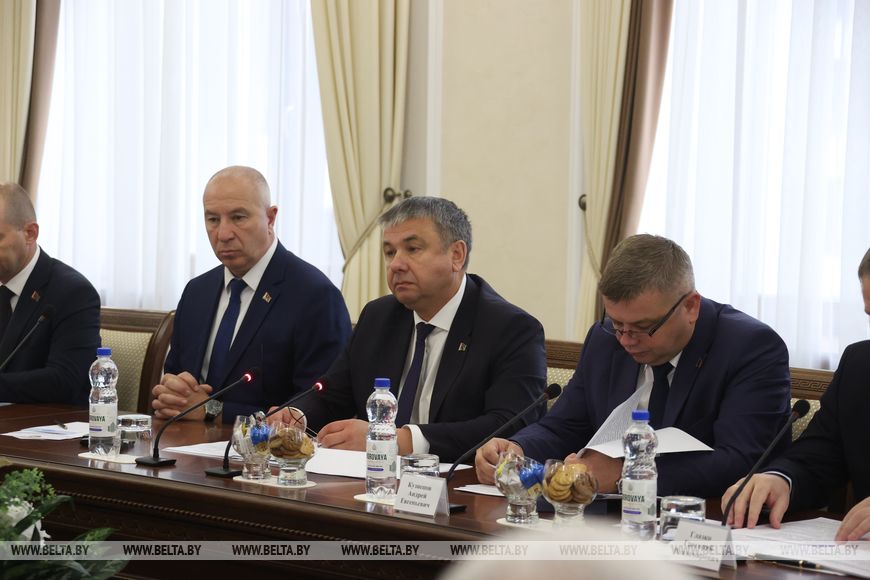
In turn, Kaliningrad Oblast Governor Alexey Besprozvannykh remarked that such meetings have become a good tradition. Their goal is to boost trade. He described the sessions of the Belarusian-Russian Council as a promising format. “As a result of cooperation in the first half of the year, Belarus rose to second place among our region’s partners, accounting for about 10% of foreign trade. Trade between Kaliningrad Oblast and the Republic of Belarus exceeded $250 million, and compared to the same period in 2024, it has not only recovered but grown by 3%. At the same time, imports from Belarus surged by 32%. Deliveries of food products and agricultural raw materials rose almost 1.9 times, machinery and equipment 1.6 times, mineral products by 43.8%, and petrochemical products by 14%,” Alexey Besprozvannykh stressed.
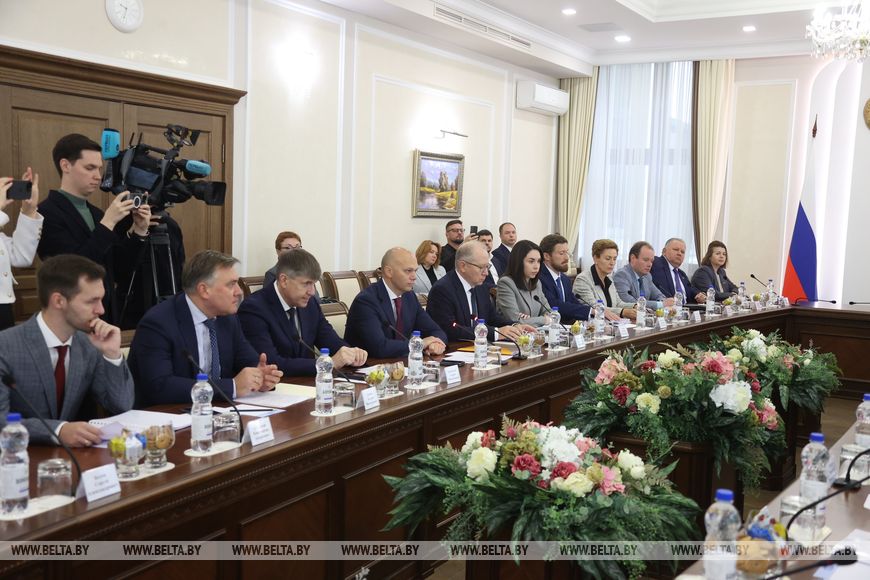
Photos by Sergei Sheleg




